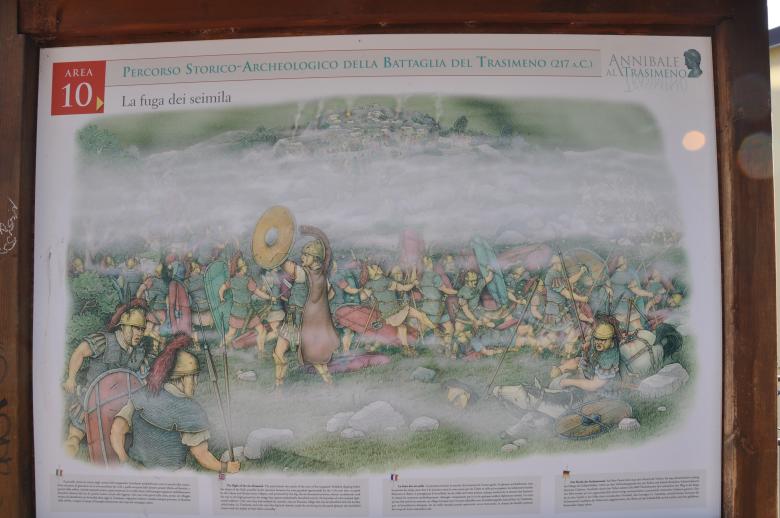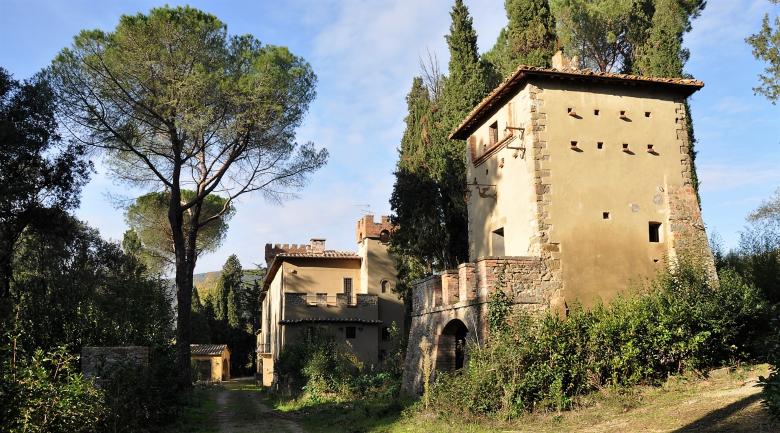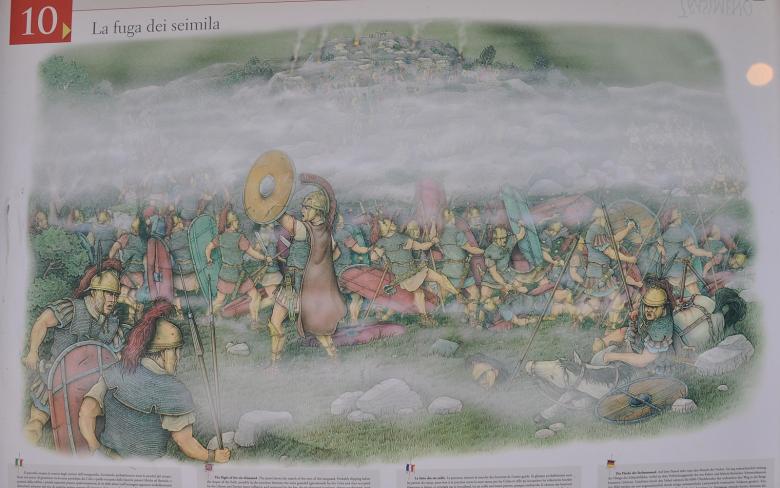Isola Maggiore
Despite its name, Isola Maggiore is the second-largest island on Lake Trasimeno but the only one to host a small village near the port and still be inhabited. Entirely covered by dense vegetation of olive trees, oaks, and cypresses, it is a treasure trove of artistic and religious works that bear witness to its ancient history.
Historical notes
The village dates back to the high Middle Ages, while a community of Franciscan friars settled on the island from the late 13th century. It was they who hosted Saint Francis on the island for a spiritual retreat during Lent, upon his return from a trip to nearby Cortona. The point where it is believed the Saint landed and the small cave where he is thought to have slept are still objects of veneration and can be visited on the eastern coast.
Exploring the beauties of the village
The village consists of a main cobbled street lined with ancient houses. Among them stands out the charming house of the Capitano del Popolo, dating back to the 14th century, now visitable through the local tourist office.
At the end of the village is the Church of San Salvatore, built in the 12th century, which preserves inside some parts of an altarpiece by Sano di Pietro from the church of the Franciscan convent.
The village reached a population of about 600 inhabitants around the 16th century, mainly fishermen, dropping to about 200 already in the 18th century. In 1904, artisanal production of Irish crocheted lace began, initiated by Marchesa Guglielmi, who brought a teacher from Ireland for the local women. The tradition has been preserved until recent years and is collected in the Lace Museum located near the pier.
The small village is now animated by tourists, especially in the summer months. It also hosts restaurants, accommodations, and artistic and musical festivals inspired by the beauty of the area (“Music for Sunset” and “Moon in June”).



































